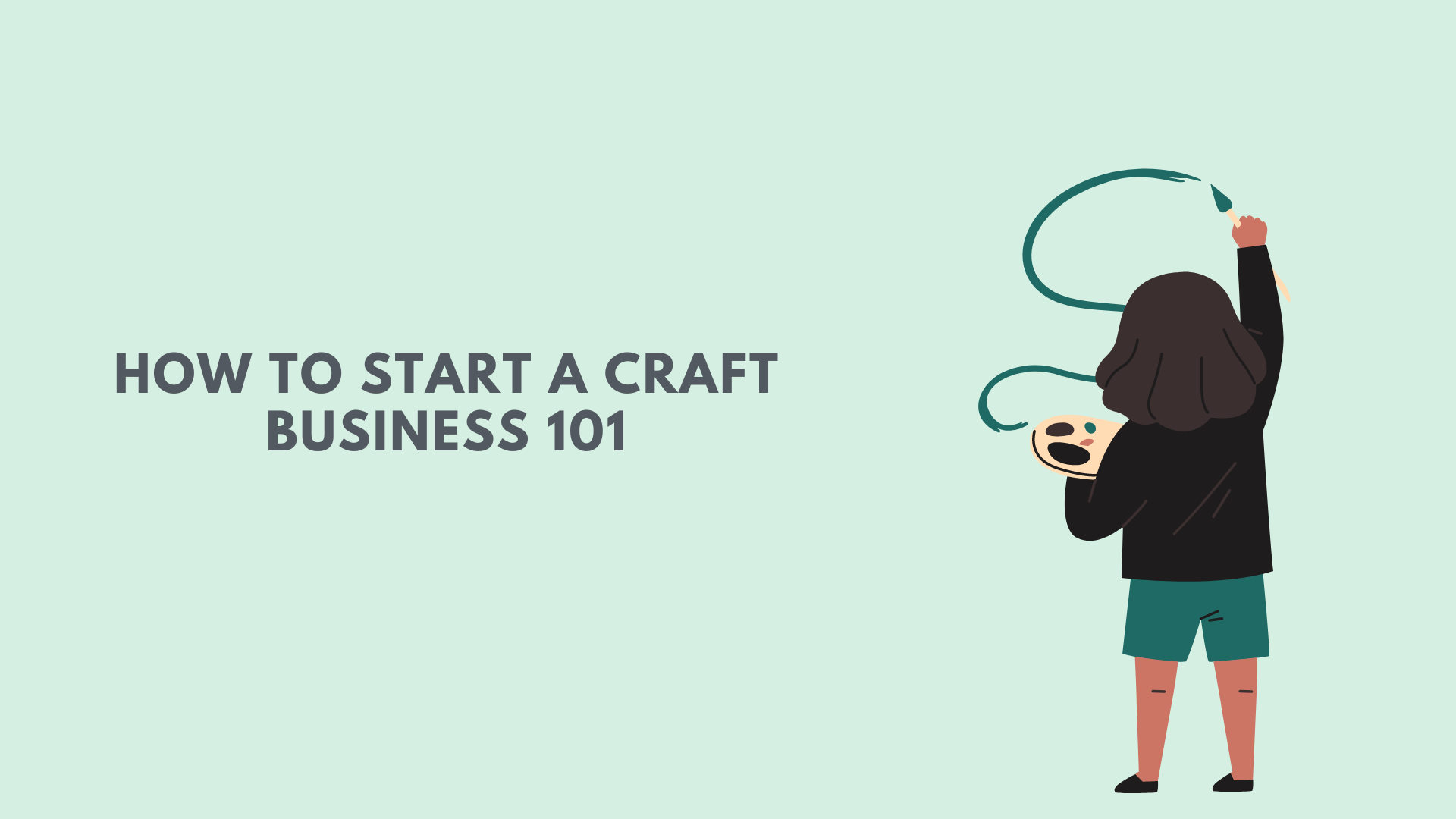Turning your passion for crafting into a thriving business can be a rewarding journey. Whether you’re into knitting, jewelry making, or home decor, starting a craft business allows you to share your creations with the world and earn a living doing what you love. Here’s a comprehensive guide to help you get started.
Step 1: Define Your Niche and Products
Identify Your Craft
- Assess Your Skills and Interests: What type of crafts are you most passionate about? Consider your expertise and the kinds of products you enjoy making.
- Research Market Demand: Look into current market trends to identify popular crafts. Browse platforms like Etsy, Pinterest, and Instagram to see what’s trending.
Develop Your Product Line
- Create a Product List: Start with a few core products you can produce consistently. Consider factors like production time, cost of materials, and unique selling points.
- Prototype and Test: Make samples of your products and gather feedback from friends, family, or potential customers to refine your offerings.
Step 2: Plan Your Business
Write a Business Plan
- Executive Summary: Briefly describe your business idea and what makes it unique.
- Market Analysis: Detail your target market, competitors, and market trends.
- Marketing and Sales Strategy: Outline how you plan to attract and retain customers.
- Financial Plan: Include startup costs, pricing strategy, and financial projections.
Choose a Business Structure
- Sole Proprietorship: Simplest structure, where you are the sole owner.
- Partnership: If you’re starting the business with someone else.
- LLC: Offers more protection and is suitable for growing businesses.
Register Your Business
- Choose a Business Name: Ensure it’s unique and not already in use.
- Register Your Business: Register with your local government and obtain any necessary licenses or permits.
- Get an EIN: Apply for an Employer Identification Number (EIN) from the IRS for tax purposes.
Step 3: Set Up Your Workspace
Organize Your Crafting Area
- Designate a Workspace: Set up a dedicated area for crafting, whether it’s a room, a garage, or a small corner in your home.
- Organize Supplies: Invest in storage solutions to keep your materials organized and easily accessible.
Invest in Equipment
- Basic Tools: Ensure you have all the basic tools and equipment needed for your craft.
- Specialized Equipment: Depending on your craft, you may need specialized equipment like sewing machines, pottery wheels, or printing presses.
Step 4: Build Your Brand
Create a Brand Identity
- Develop a Logo: Hire a designer or use online tools to create a professional logo.
- Choose Brand Colors and Fonts: Select colors and fonts that reflect your brand’s personality.
Set Up Your Online Presence
- Create a Website: Use platforms like Shopify, Wix, or WordPress to create an online store.
- Social Media Profiles: Set up profiles on platforms like Instagram, Facebook, and Pinterest to showcase your products and engage with customers.
Step 5: Price Your Products
Calculate Costs
- Materials: Calculate the cost of materials for each product.
- Labor: Factor in the time it takes to make each item.
- Overhead: Include costs like utilities, equipment, and workspace rent.
Set Your Prices
- Cost-Plus Pricing: Add a markup to your total costs to ensure a profit.
- Market-Based Pricing: Research competitors’ prices to ensure your products are competitively priced.
- Value-Based Pricing: Consider the perceived value of your products to customers.
Step 6: Market Your Craft Business
Build an Online Store
- Product Listings: Create detailed product listings with high-quality photos and descriptions.
- SEO Optimization: Use relevant keywords to help your products rank higher in search engine results.
Utilize Social Media
- Content Creation: Share photos, videos, and stories showcasing your products and the crafting process.
- Engage with Followers: Respond to comments and messages to build a community around your brand.
Attend Craft Fairs and Markets
- Find Local Events: Participate in local craft fairs, markets, and pop-up shops to reach new customers.
- Network with Other Crafters: Build relationships with other vendors and learn from their experiences.
Step 7: Manage Your Finances
Open a Business Bank Account
- Separate Personal and Business Finances: Keep your business finances separate from your personal accounts.
- Track Expenses and Income: Use accounting software to manage your finances and track expenses and income.
Plan for Taxes
- Understand Tax Obligations: Familiarize yourself with your tax obligations, including sales tax and self-employment tax.
- Keep Accurate Records: Maintain accurate financial records to simplify tax filing.
Step 8: Continuously Improve and Grow
Gather Customer Feedback
- Surveys and Reviews: Encourage customers to leave reviews and provide feedback.
- Act on Feedback: Use the feedback to improve your products and customer experience.
Expand Your Product Line
- Introduce New Products: Regularly introduce new products to keep your offerings fresh and exciting.
- Collaborate with Other Crafters: Partner with other crafters for limited-edition collaborations.
Scale Your Business
- Hire Help: As your business grows, consider hiring help to manage production, marketing, or administrative tasks.
- Explore Wholesale Opportunities: Sell your products to retail stores or boutiques to reach a wider audience.
Starting a craft business requires creativity, dedication, and strategic planning. By following these steps, you can turn your passion for crafting into a successful business. Remember, the key to success is to stay true to your craft, continuously learn, and adapt to the ever-changing market. Happy crafting!









